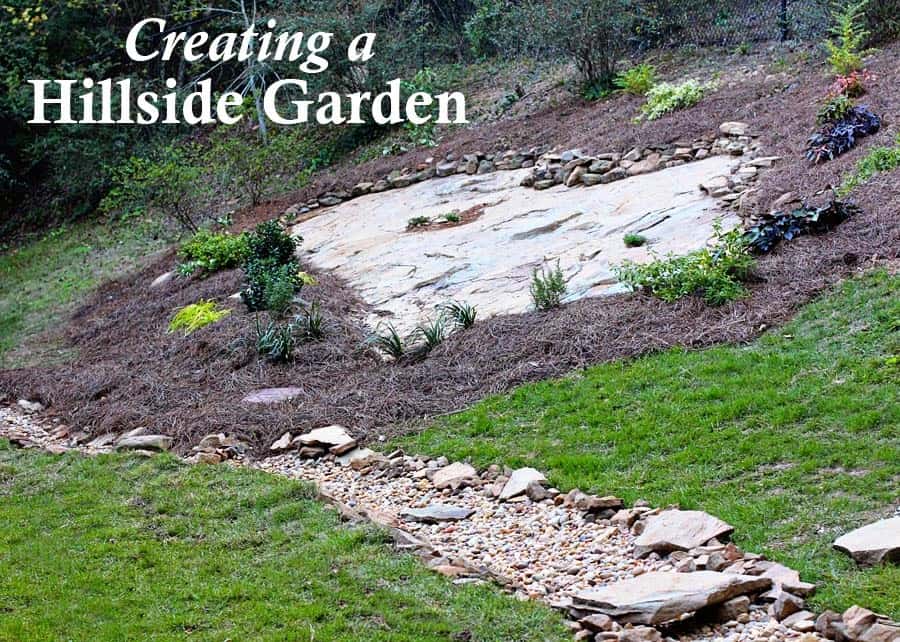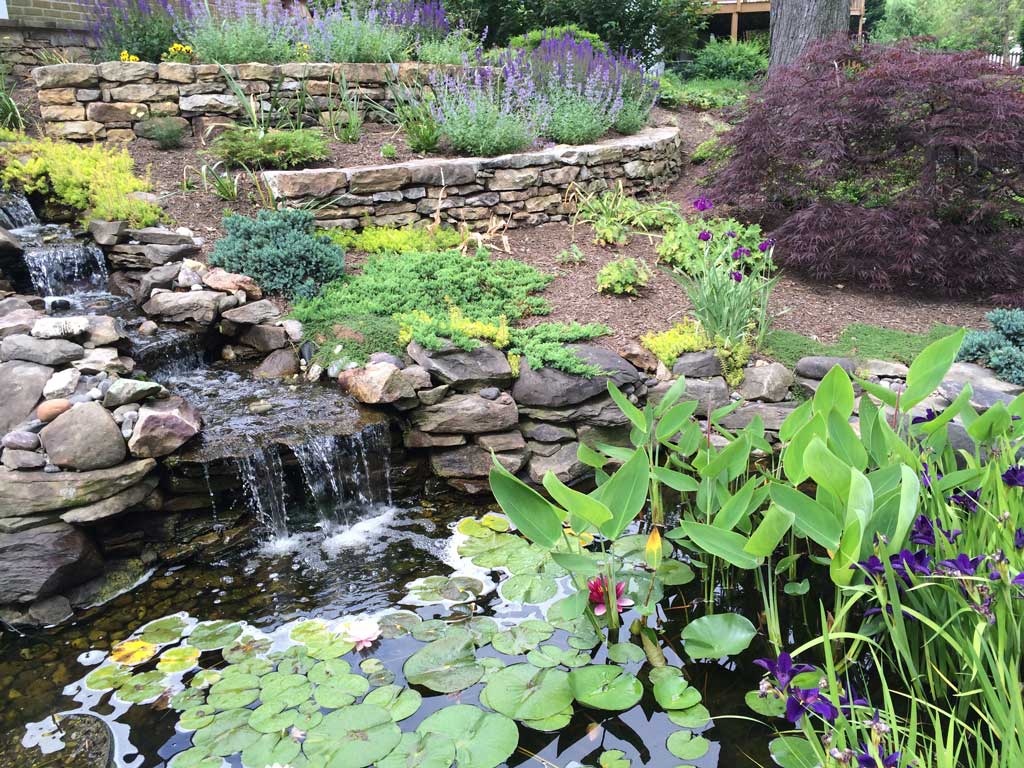Finding the best materials for Steep hill landscaping that lasts.
Finding the best materials for Steep hill landscaping that lasts.
Blog Article
Attain a Beautiful Exterior Oasis With Thoughtful Steep Hill Landscaping Solutions
Changing a steep hill into an exciting outdoor oasis presents distinct obstacles that call for cutting-edge landscaping services. By addressing concerns such as erosion control and access, one can create a harmonious blend of appeal and capability. Methods such as terracing, the setup of retaining walls, and the selection of native plants play crucial duties in this process. Additionally, including water functions can further improve the landscape's allure. Comprehending the ins and outs of these elements is necessary for attaining an absolutely natural and inviting setting. What techniques will best fit your hill's certain characteristics?
Understanding Steep Hill Challenges
Landscaping on high hills provides unique difficulties that require mindful consideration and calculated planning. The disposition of the surface can cause issues such as soil disintegration, water drainage, and restricted availability, all of which must be resolved to create a functional and aesthetically pleasing outdoor space.
Among the key worry about high hillside landscaping is disintegration, which can result from heavy rainfall or incorrect drain. This not only affects plant wellness however can also jeopardize the stability of the slope. Applying efficient disintegration control measures, such as growing deep-rooted plants or utilizing compost, is important in maintaining the integrity of the landscape.

Designing With Terracing Strategies
To alleviate the challenges positioned by steep hills, integrating terracing methods can be a reliable remedy. This design strategy changes a sloped landscape right into a series of level, level areas, producing an aesthetically striking and functional outdoor space. Terracing not only assists to avoid dirt erosion yet also promotes far better water drain, which is vital in preserving the health of plants and the security of the hill.
When making terraces, cautious consideration of the slope's angle and the dirt type is essential. Each balcony needs to be tactically placed to maximize sunshine exposure while lessening the threat of runoff. Making use of indigenous plants on each degree can improve biodiversity, promote sustainability, and reduce maintenance demands. In addition, integrating pathways between balconies can enhance access and urge exploration of the landscape.
Terraced yards can serve several purposes, including veggie manufacturing, decorative screens, or outdoor seating locations. By utilizing products that mix harmoniously with the surrounding environment, the terracing can improve the general aesthetic charm of the residential or commercial property. Inevitably, thoughtful terracing changes steep hills right into practical, stunning rooms that invite interaction and satisfaction.
Carrying Out Keeping Walls
When confronted with the difficulties of high surface, carrying out retaining wall surfaces can provide both architectural support and visual improvement to a landscape. These wall surfaces serve to avoid soil erosion, support inclines, and produce flat areas for gardening or recreational use. Steep hill landscaping. By effectively managing water runoff and reducing dirt activity, retaining walls shield your landscape financial investment while improving safety

Professional setup is essential to ensure the long life and efficiency of maintaining walls. Proper drainage systems must be included to ease hydrostatic stress, stopping architectural failure. Consulting with landscape specialists will certainly ensure that the design straightens with your total vision while sticking to neighborhood policies.
Deciding On Indigenous Plants
Selecting indigenous plants for your landscape style supplies various eco-friendly and aesthetic advantages. Steep hill landscaping. Indigenous plants are adapted to the neighborhood environment and soil problems, calling for much less water and maintenance contrasted to non-native varieties. This adaptability not just preserves sources yet likewise promotes a healthier ecological community, as indigenous plants sustain neighborhood wild animals, consisting of pollinators such as bees and butterflies
Integrating indigenous flora right into your steep hill landscape blog design can enhance soil stability, lowering disintegration and promoting a well balanced environment. Ingrained indigenous plants aid secure the soil, making them perfect for sloped locations. These plants often exhibit vibrant colors and varied structures, producing an aesthetically enticing landscape that integrates with the surrounding setting.
When choosing indigenous plants, consider their development practices, seasonal rate of interest, and compatibility with other types. Grouping plants with comparable water and sunshine demands can result in a more cohesive layout, while likewise streamlining maintenance. By picking indigenous plants, you not only cultivate a lasting outside sanctuary but likewise contribute positively to the neighborhood biodiversity, making certain that your landscape prospers for many years to come.
Incorporating Water Attributes
Integrating water functions into your steep hillside landscaping can significantly boost both the aesthetic appeal and eco-friendly capability of the area. The sound of streaming water produces a calm atmosphere, while visually, it can work as a focal factor that draws the eye and adds deepness to the landscape.
When choosing water functions, think about choices that match the natural shapes of your hillside. Waterfalls, as an example, can cascade the incline, producing visual interest and promoting healthy and balanced drain. Fish ponds can likewise be incorporated right into the design, motivating local wildlife and giving habitats for different varieties.
In addition, the positioning of plants around these features is crucial. Indigenous aquatic plants not only improve the beauty of the water feature yet likewise add to its environmental equilibrium by filtering system toxins and offering food for regional animals.
Maintenance is an additional key aspect; ensure that your water function is made for very easy maintenance. An appropriately constructed feature will require marginal intervention, permitting you to delight in the appeal and peace it offers without excessive labor. Inevitably, attentively bundled water functions can transform your steep hill landscape into a captivating outside oasis.
Conclusion
In conclusion, changing a high visit site hillside right into an attractive exterior sanctuary requires thoughtful landscaping methods that resolve disintegration control and accessibility. The combination of terracing methods, the implementation of retaining wall surfaces, and the option of indigenous plants are necessary elements of reliable layout.
Report this page